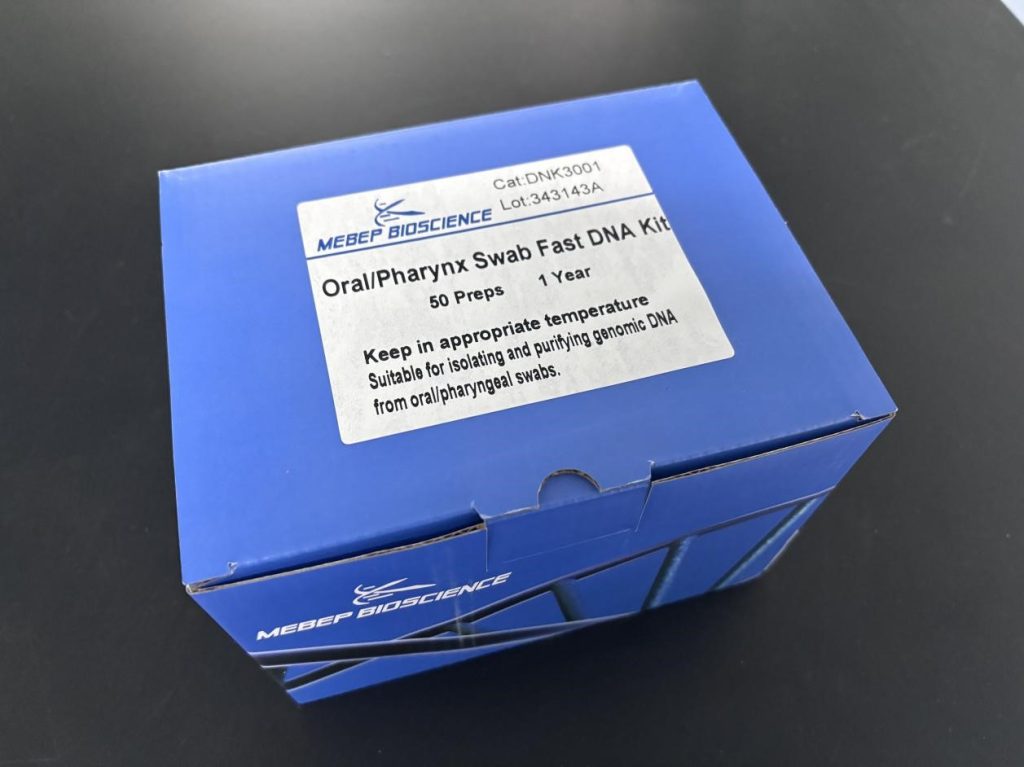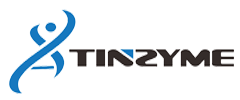DNA extraction is a fundamental experiment in molecular biology, and it is the most fundamental method in the constantly developing gene chip detection. It is also a prerequisite for the preparation, analysis, and diagnosis of gene chips. Therefore, DNA extraction is one of the most fundamental technologies in biology.
Successful nucleic acid isolation and purification require four important steps: tissue or cell fragmentation and lysis, denaturation of nucleoprotein complexes, inactivation of nucleases, and removal of pollutants. Through ideal extraction methods, high-quality target nucleic acids can be obtained without protein, sugar, lipid, or other nucleic acid contamination.

At present, the commonly used methods for DNA extraction include physical methods such as glass bead method, ultrasonic method, grinding method, freeze-thaw method, chemical methods such as ctab method, guanidine isothiocyanate method, alkaline lysis method, and biological extraction methods such as enzyme extraction; According to the different methods of nucleic acid separation and purification, there are siliceous materials, anion exchange resin extraction, etc. Among them, the main methods for extracting DNA from plant sources include cetyltriethyl Australian (ctab) method, SDS method, and high salt low pH method;The methods for extracting DNA from bacteria and fungi include alkaline lysis, boiling, SDS lysis, and triton lysozyme lysis; The most classic methods for extracting DNA from animal sources include phenol extraction, isopropanol precipitation, and methamphetamine cleavage. Many current methods have been improved on this basis.
The oral mucosa is a stratified squamous epithelium with characteristics of vigorous metabolism, fast renewal, and easy shedding. It is composed of multiple layers of cells, and the basal layer has strong division ability. Although the nucleus of the epithelial shedding cells is pyknotic, they have complete genomic DNA like other tissue cells, making them a biological testing material for forensic and genetic DNA polymorphism detection and typing. Previously, methods such as phenol chloroform or chelex-100 were often used, but there were drawbacks such as phenol and chloroform contamination, low yield, and low purity.[1]
The advantages of DNA collection with oral swabs
- Non invasive and painless. Wiping the inner side of the cheek is both simple and comfortable.
- Convenient and simple. Samples can be collected according to the basic instructions.
- Suitable for all ages. Oral swabs can be used for adults, children, infants, and the elderly.
- Pure DNA. Compared to blood, oral swab cells produce higher DNA quality and less cellular heterogeneity.
- Stable storage. The DNA in oral swabs remains stable at room temperature for easy transportation and storage.
- High DNA production. Wiping vigorously can maximize the recovery of epithelial cells and DNA quantity.
- PCR compatibility. The complete high molecular weight DNA performs exceptionally well in PCR and sequencing.
- High cost-effectiveness. Compared to blood sampling or biopsy, the cost of collecting oral swabs is lower.
- Cellular composition: Unlike blood, oral swabs provide pure epithelial cell DNA with less white blood cell contamination. Saliva also contains a mixture of cheek epithelial cells and white blood cells.
- DNA quality: High molecular weight DNA from oral swabs performs well in PCR, sequencing, and other downstream applications. And DNA from other sources may be relatively fragmented.
- Sample collection: Oral swabs require non-invasive wiping on the cheeks. Blood requires venipuncture, while saliva needs to be vomited into a test tube.
- Sample stability: Unlike saliva, DNA in oral swabs remains stable during transportation and storage at room temperature. If stored improperly, the DNA of blood samples will also degrade over time.
- Subject comfort: Drawing blood can make the subject feel uncomfortable. Oral swabs and saliva collection are relatively comfortable.

How to isolate DNA from oral swabs
There are two main methods for extracting and purifying DNA from oral swabs:
- Traditional DNA extraction kits use protease K digestion, followed by alcohol precipitation or column adsorption to separate DNA. Although these test kits are effective, they involve multiple test tubes and steps.
- The new reagent kit adopts a new solid-phase chemical method, which can directly extract DNA from swabs in just one step, thereby reducing operation time and plastic waste. For example, Echoloation extraction technology only requires one step to lyse cells and bind DNA to the matrix, without the need for harmful chaotic extracts.
In both traditional and new reagent kits, purified DNA is eluted into low salt buffer compatible with downstream applications such as PCR and sequencing. Choosing an optimized DNA purification strategy can maximize the yield and quality of DNA from oral swabs.[2]
Oral/Pharynx Swab Fast DNA Kit
This reagent kit adopts a specially designed imported DNA adsorption column and a unique buffer system, which is particularly suitable for isolating and purifying genomic DNA from oral/pharyngeal swabs. After various sources of samples are lysed and digested, DNA selectively adsorbs onto the silica matrix membrane in a highly dissociated salt state (especially equipped with Poly Carrier, which can easily capture trace amounts of nucleic acids from the system). Then, impurities such as salt, cell metabolites, proteins, etc. are removed through a series of rapid rinsing centrifugation steps. Finally, the pure genomic DNA is eluted from the silica matrix membrane using a low salt elution buffer. The purified DNA is free of impurities and PCR inhibitors, making it directly suitable for PCR analysis.

Features
- No toxic reagents such as phenol are required, and no steps such as ethanol precipitation are required.
- Time saving, simple, and single sample operation can generally be completed within 20 minutes.
- Equipped with Poly Carrier for fully collecting special trace amounts of DNA.
- Multiple column washes ensure high purity, the extracted DNA has high purity, stable and reliable quality, and can be used for various routine operations, including PCR, enzyme digestion, sequencing, Southern hybridization, etc.
Source
https://baijiahao.baidu.com/s?id=1777428022806733132
https://www.xjishu.com/zhuanli/27/201710352630.html


